The story of Zagato Milano
The 1910s: Aeronautics Ugo Zagato was born in Gavello, near Rovigo, on June 25, 1890. He began his coachbuilding career in 1919 when he…

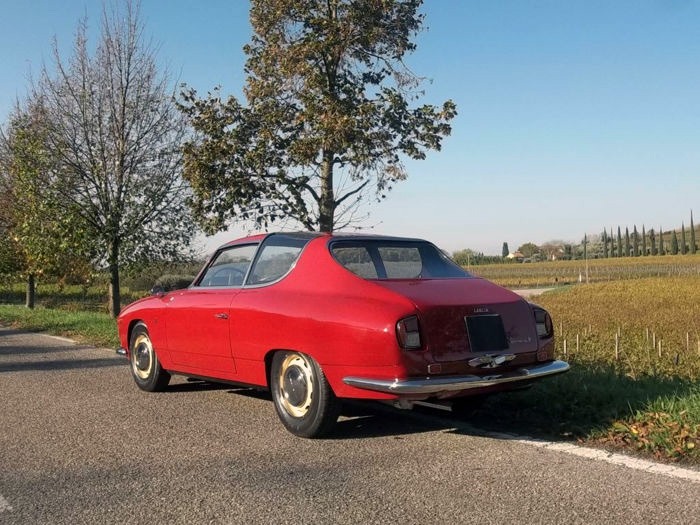
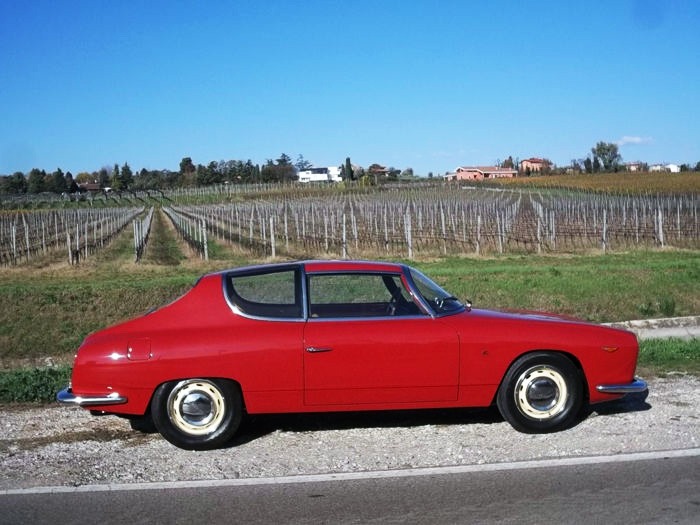
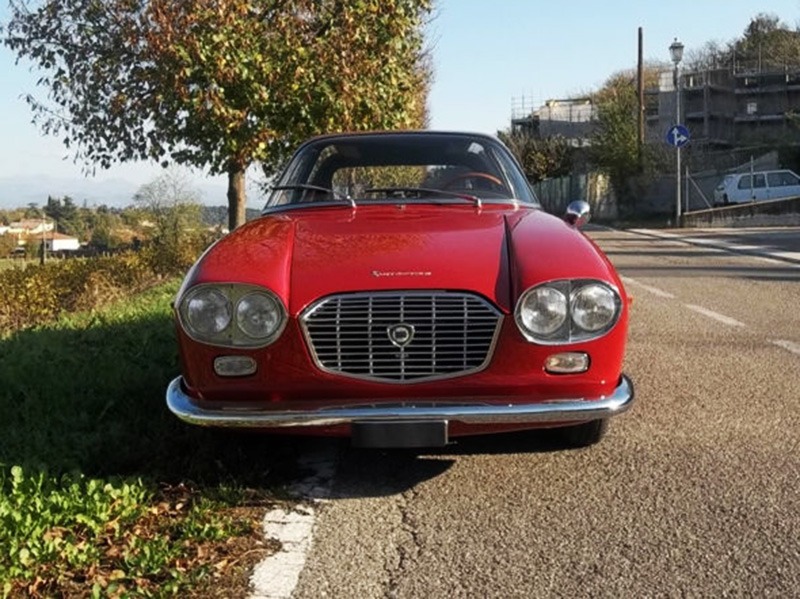
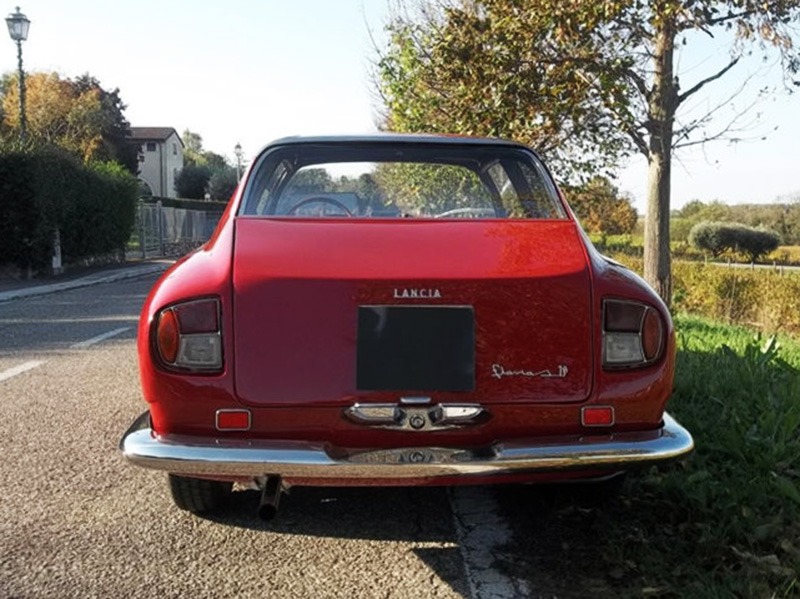

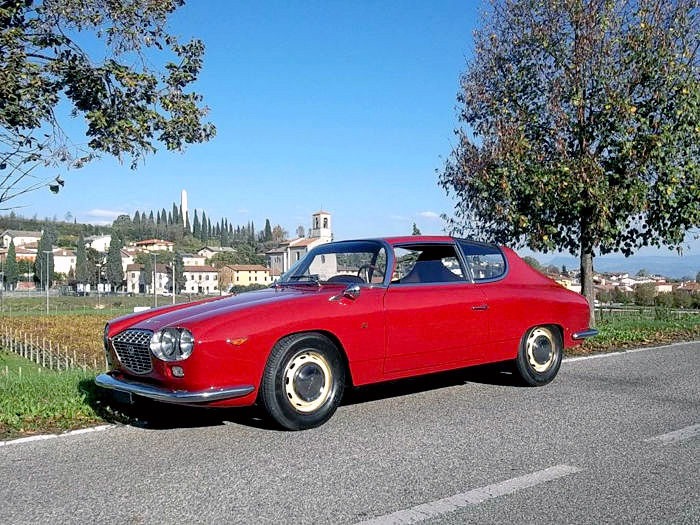

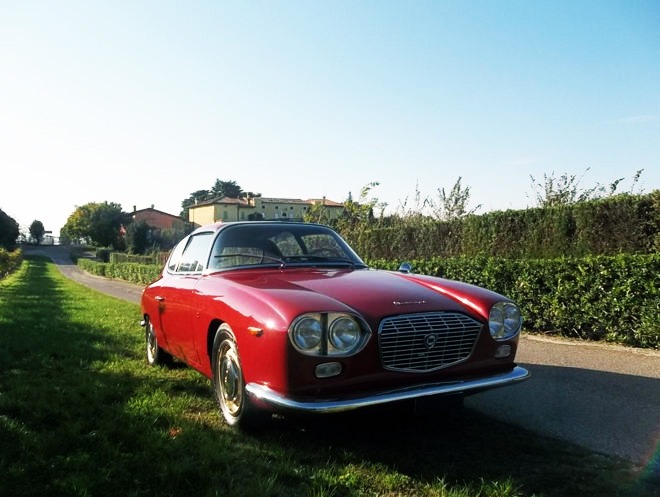
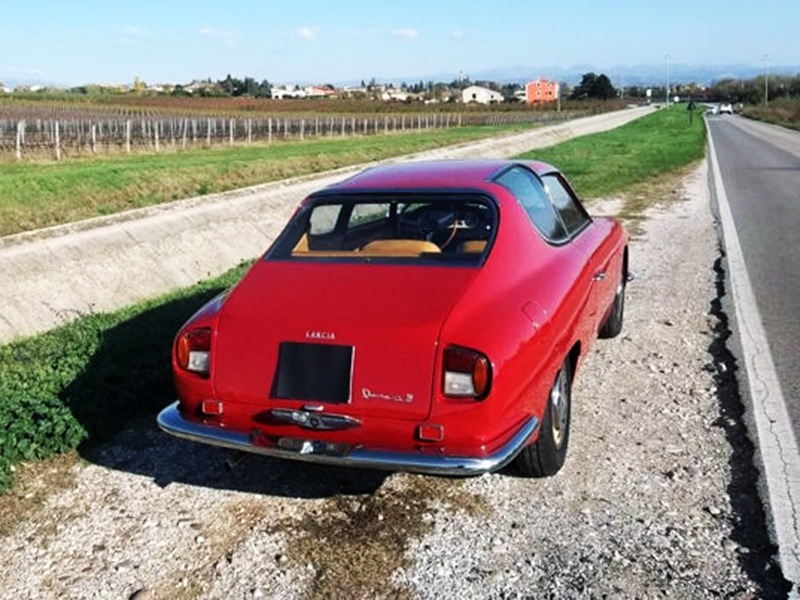
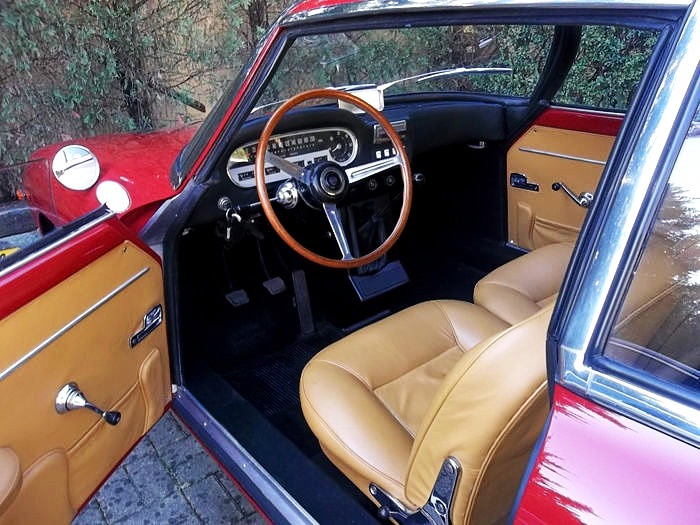











The Lancia Flavia Sport by Zagato Milano.
The Lancia Flavia Sport Zagato emerged as a distinctive addition to Lancia’s front-wheel-drive Flavia range, following its initial introduction in 1961. Developed by Zagato, renowned for their expertise in crafting lightweight and aerodynamic vehicles, the Flavia Sport bore the signature touch of Ercole Spada’s design brilliance. One of the most notable characteristics of the Flavia Sport Zagato was its significantly lighter construction, owing to its alloy body. This reduction in weight not only enhanced the vehicle’s agility and performance but also contributed to its unique driving experience. The inclusion of panoramic rear quarter windows, seamlessly integrated into the roof, lent the model an unmistakable and idiosyncratic aesthetic appeal. A defining feature of the Flavia Sport Zagato was its innovative rear design. The concave rear window, hinged at the top and operated by an electric motor, allowed for improved ventilation by opening a few centimeters. This functional yet stylish element showcased Lancia’s commitment to both form and function. The sloping rear deck culminated in a distinctive raked tail, further enhancing the vehicle’s aerodynamic profile. In 1963, the Flavia Sport received a power boost with the enlargement of its 1,500-cubic centimeter, dual carburetor flat-four engine to 1,800 cubic centimeters. Unlike other models in the Flavia line, which featured a single-carburetor arrangement, the Sport retained its dual carburetors. This configuration resulted in a power increase, with output ranging from 100 to 105 brake horsepower, while competition-tuned units reached an impressive 130 brake horsepower. The Flavia Sport Zagato represented the pinnacle of Lancia’s engineering prowess and design innovation. Its combination of lightweight construction, aerodynamic styling, and potent performance made it a formidable contender both on the road and the racetrack. Though produced in limited numbers, the Flavia Sport Zagato left an indelible mark on automotive history, serving as a testament to Lancia’s unwavering commitment to pushing the boundaries of automotive excellence.


The 1910s: Aeronautics Ugo Zagato was born in Gavello, near Rovigo, on June 25, 1890. He began his coachbuilding career in 1919 when he…
Missing or wrong informations?
Carrozzieri-Italiani.com relies on thousend of users who help to populate the database. We do not guarantee the accuracy of the informations. Contact us if you want to contribute.
